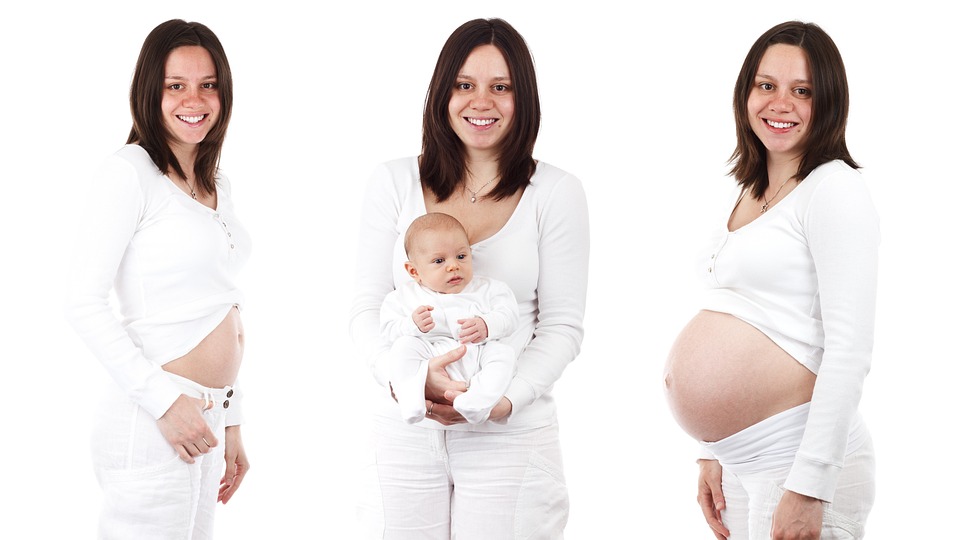Congratulations, new moms! Welcoming a new addition to the family is an exciting and overwhelming experience. As you navigate through the early stages of motherhood, you may encounter various challenges, including concerns about your baby’s head shape. If you’ve been recommended helmet therapy for your little one, don’t worry! We’ve got you covered with everything you need to know about this treatment.
What is Helmet Therapy?
Helmet therapy, also known as cranial orthosis, is a non-invasive treatment to help reshape a baby’s skull. It is typically used when a baby develops positional plagiocephaly or flat head syndrome. These conditions can result from extended time spent in one position, such as sleeping on their back or being in a car seat or stroller. The helmet is custom-made to fit your baby’s head and applies gentle, constant pressure to promote symmetrical growth.
Is Helmet Therapy Right for Your Baby?
If you have noticed asymmetry in your baby’s head shape, it’s essential to consult with a pediatrician or a specialist. They will assess the severity of the condition and determine if helmet therapy is necessary. In some cases, repositioning techniques and tummy time exercises may be sufficient to improve the skull shape. However, if the asymmetry is significant and doesn’t improve with conservative measures, helmet therapy may be recommended.
What to Expect During Treatment
Once it’s determined that helmet therapy is the right course of action for your baby, you may have some concerns about what the process entails. The first step involves getting a 3D image of your baby’s head, which will be used to create a custom-fitted helmet. The helmet is typically worn 23 hours a day, with brief breaks for cleaning and skin checks. It’s important to follow the wearing schedule prescribed by the healthcare provider to ensure the best results.
Caring for Your Baby During Helmet Therapy
As a new mom, it’s natural to worry about how your baby will adjust to wearing a helmet. Fortunately, most babies adapt quickly and comfortably to wearing the helmet. It’s essential to maintain proper hygiene by regularly cleaning the helmet and ensuring your baby’s skin is healthy and free from irritation. You can continue to engage in tummy time activities and encourage your baby to explore different positions while supervised.
Embracing the Journey
Remember, as a new mom, you’re doing an incredible job caring for your little one. Helmet therapy is just a small part of your baby’s overall wellness, and it’s essential to stay positive throughout the process. Seek support from other moms who have gone through similar experiences, and don’t hesitate to reach out to your healthcare provider if you have any concerns or questions along the way.
Summary
Helmet therapy, also known as cranial orthosis, is a non-invasive treatment to help reshape a baby’s skull. It is recommended for babies with positional plagiocephaly or flat head syndrome. The treatment involves a custom-made helmet that applies gentle, constant pressure to promote symmetrical growth. Consult with a pediatrician or specialist to determine if helmet therapy is right for your baby, and follow their guidance on treatment and care.
Frequently Asked Questions
How long does helmet therapy typically last?
The duration of helmet therapy can vary depending on the severity of the condition. In general, treatment may last anywhere from a few months to several months. It’s essential to follow the prescribed wearing schedule to achieve the best results.
Will helmet therapy cause any discomfort for my baby?
Most babies adjust well to wearing the helmet and experience minimal discomfort. The helmet is custom-made to fit comfortably, and your healthcare provider will monitor your baby’s progress to ensure they are adjusting well to the treatment.
Can my baby engage in normal activities while wearing the helmet?
Absolutely! Your baby can continue with regular activities such as tummy time, playing, and exploring different positions while supervised. The helmet is designed to be worn during daily activities and should not hinder your baby’s development in any way.
[ad_2]












コメント